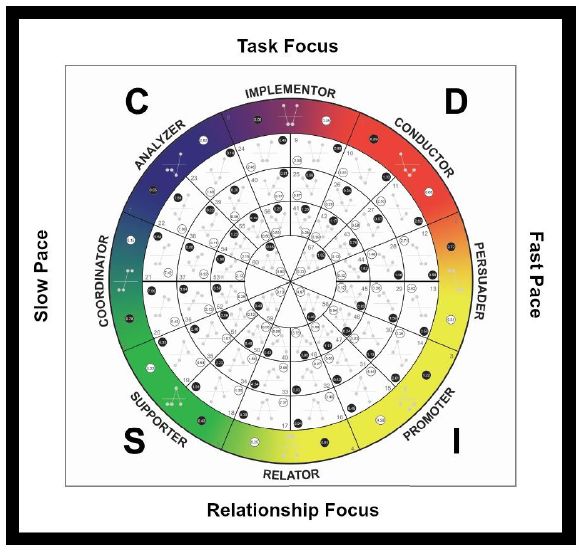In part 2 of this series we talked about the importance of understanding ourselves before even beginning to try to really understand others. Why is this so important? We all have our own preferred behaviors and these become highly evident during the process of communicating with others. However, in order to be highly effective communicators, we must be able assess those same, yet often different, behaviors in others.
There are three easy ways to do this …
- Ask that person to take a behavior assessment.
- We can ask questions of them or of others about them that will provide us with certain clues.
- Or we can, through basic observation, learn to quickly discern that which we need to know.
I suggest #3. #1 will generally not even be an option … “Pardon me, Mr. Smith. Would you mind taking this assessment so that I can get a look at the report before we meet?” Not happening, However, #1 would be a very viable option in an internal company setting such as department and could/would be used for training and team building exercises. #2, while we can use that and maybe we will want to incorporate it in additional discovery, is really not necessary.
So, what do we want to observe? Two things …
- Focus – are they focused on tasks or on people (relationships)?
- Pace – are they fast paced (extroverted) or slow paced (introverted)?
Take a look at this image …
We have four major quadrants in the DISC model. They are …
- D – Dominance
- I – Influence
- S – Steadiness
- C – Compliance
Next we watch and listen to the person we are communicating with and we will find that if they are …
- Fast paced and task focused they are “D”
- Fast paced and relationship focused they are “I”
- Slow paced and relationship focused they are “S”
- Slow pace and task focused they are “C”
Selling to behaviors in it’s simplest form is a matter of us matching the pace and focus of whoever we are speaking with and being prepared to shift those two items, if needed, in order to remain in step with that individual. This is very powerful when we think about who people buy from. They buy from people that they like, trust, and respect. Most often those very people remind them very much of themselves!
Please stay tuned. Beginning with our next article in this series, we will dive much deeper into the DISC process and each of the individual quadrants.



